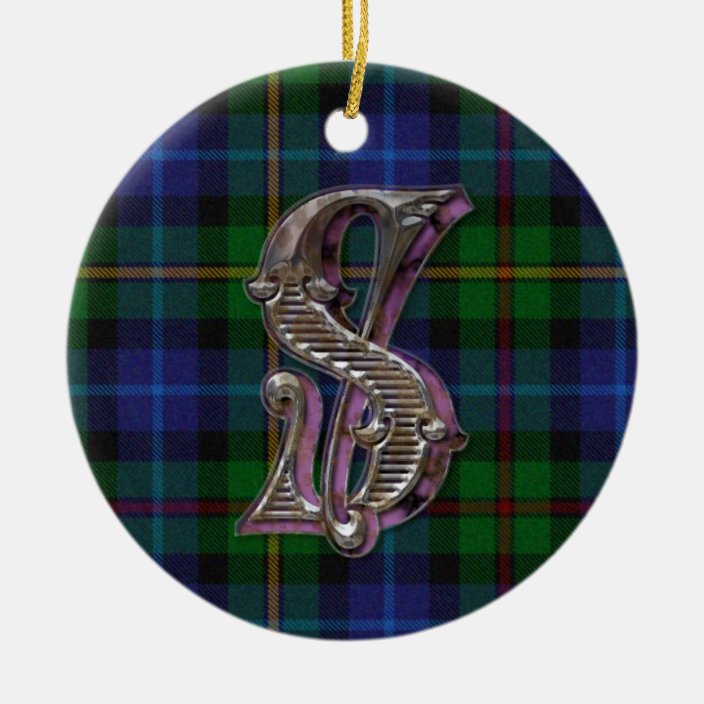

Kenneth Bendiner has interpreted the work as ‘a specific re-working’ of the Pre-Raphaelite painter William Holman Hunt’s The Scapegoat. Fifty years after its creation, it remains one of the great, complex emblems of modernity, as unforgettable (in its way) as the flank of Cézanne's mountain, the cubist kitchen table or the wailing woman in Guernica.” Yet it is innocent, too, and sweet, and (with its cascading ringlets) weirdly dandified: a hippy goat, a few years before the 1960s. Analysis Ĭritic Robert Hughes wrote on the work’s homoerotic themes and subtext he claims, “One looks at it remembering that the goat is an archetypal symbol of lust, so Monogram is the most powerful image of anal intercourse ever to emerge from the rank psychological depths of modern art. In the third and final incarnation of Monogram (1959), following the suggestion of Jasper Johns, Rauschenberg placed a square panel on casters on the floor and centered the goat, as if in a pasture. Robert Rauschenberg by the second form of Monogram. According to Calvin Tomkins, this version was eventually altered because Rauschenberg was dissatisfied that the goat could only be viewed from one side. In the first iteration (1955–1956), the goat was poised on a shelf that was connected to a wall-mounted painting that later became Rhyme (1956). Monogram’s Multiple Forms įrom 1955 to 1959, Monogram took on three different incarnations. The title came from the union of the goat and tire, which reminded the artist of the interweaving letters in a monogram. Over the next four years (1955–1959), Monogram evolved through three different stages, which are documented in several studies and photographs. He bought it for $15 which was all of the money that he had on him at the time. The artist first saw the stuffed Angora goat in the window of a secondhand furniture store at Seventh Avenue in New York. Monogram typifies the idea of the Combine as a free-standing sculptural artwork that also incorporates a painted canvas.

He coined the term “ Combine” to describe this new artistic category.
#Image smith monogram series#
Each ominous specter of death on a horse or trepidatious wheel of fortune, as depicted by Smith, offers personal guidance through direct, captivating imagery.Rauschenberg created a series of artworks between 19 that merge aspects of both traditional painting and sculpture. More importantly, though, her art remains alive every time a card is drawn from the Rider-Waite deck, which should rightfully be called the Rider-Waite-Smith deck. Games Systems, it comes complete with a biography of the artist by Stuart R. Recently her name has been revived somewhat, as with the 100th anniversary of the Rider-Waite Deck, a Pamela Colman Smith Commemorative Set issued by U.S. Smith’s life as a career artist contributed in some ways to the obscurity that followed her 1951 death steady illustration work and the fact that she dabbled in a wealth of fields have made her legacy difficult to pin down. Both Waite and Smith (along with a cast of curious characters, from Aleister Crowley to Bram Stoker) were members of the Order of the Golden Dawn, which influenced contemporary interpretations of the occult. Peter Bebergal wrote in The New Yorker that Waite “saw magic not as a means to power but as a path toward a higher consciousness.” Smith also brought her own research to the symbolism of the cards.


Waite collaborated with Smith on the deck, issued by the Rider company, it had become a tool for spiritual guidance. Tarot was not always concerned with divination: back in the medieval era, it was a trick-taking game. “The fool” in the Rider-Waite tarot deck (via Wikimedia)


 0 kommentar(er)
0 kommentar(er)
